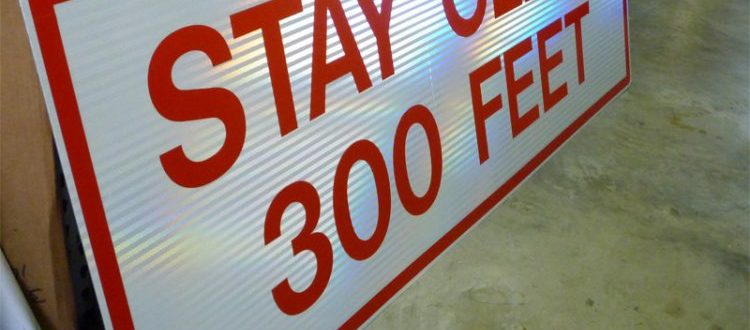The BRAWL² Tournament Challenge has been announced!
It starts May 12, and ends Oct 17. Let's see what you got!
https://polycount.com/discussion/237047/the-brawl²-tournament
It starts May 12, and ends Oct 17. Let's see what you got!
https://polycount.com/discussion/237047/the-brawl²-tournament


Replies
You can paint colored specular however you like and get pretty darn close to the look you want, but it won't look exactly the same as real iridescence because iridescence isn't quite the same as standard specular.
Roughness/gloss is unrelated. A surface can be relatively rough and iridescent like the reference you shared, or iridescent and almost mirror-gloss like a beetle's shell or a soap bubble. Roughness is a quality of a surface finish. Specular, albedo, etc are qualities of a material itself.
Retroreflection also isn't related to the amount of reflected light, but like you said about reflecting light right back in its source direction. These are all dielectric materials we're working with here, so adjusting IOR doesnt do the trick. In the real world it's done with a thin layer of microscopic glass beads or special patterns like the fancy diamond sheets you see around. Both will exhibit some amount of iridescence and using beads will exhibit more.
So for correctness you need a custom shader which reflects specular light back along its incoming direction instead of using the surface normal. Nothing currently has this built in.